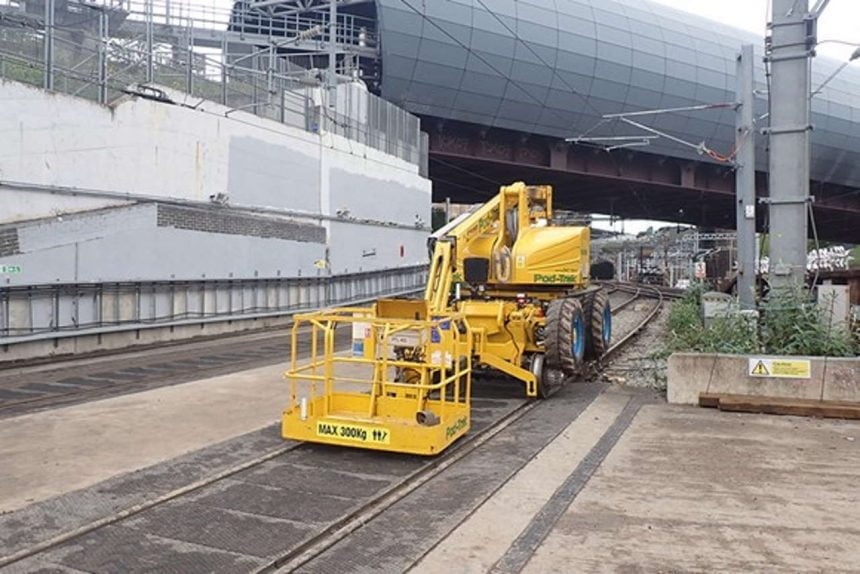The Rail Accident Investigation Branch (RAIB) has released its report into a runaway of a road-rail vehicle (RRV) at Belle Isle Junction on 16th May 2021.
At around 03:30 on Sunday, 16th May 2021, an RRV was being on-tracked at a road-rail access point near Belle Isle Junction in north London RRV when it ran away. The RRV ran downhill for approximately 600 metres before coming to a stop in a tunnel. No one was injured, as the operator jumped from the road-rail vehicle before it entered the tunnel.
The RRV ran away because it entered service with ineffective rail-wheel brakes and the staff working with it were unable to stop the runaway.
The brakes were ineffective because a valve in the braking system had been left open following maintenance. During the design or risk assessment of the brake system, this possibility had not been recognised. Neither had the situation been identified during operation or regular in-service testing.
Two underlying factors were identified:
- The risk assessment undertaken in support of a modification to the machine to fit a direct rail wheel braking system was incomplete.
- The company responsible either possibly did not have a thorough understanding of the unmodified machine, or its original conversion for rail use.
Recommendations
RAIB has made two recommendations.
- The first is addressed to the company which designed and fitted the direct rail wheel braking system, that it should revise its process for risk assessment
- The second is that the owner of the machine should review its strategy for confirming the ongoing integrity of the direct rail wheel brake system.
Additionally, two learning points have been identified.
- These reinforce the importance of organisations that design and implement changes to on-track plant should source the original design information to inform their decisions.
- Those who supply and operate road-rail vehicles should ensure that suitable facilities are available for in-service testing.
